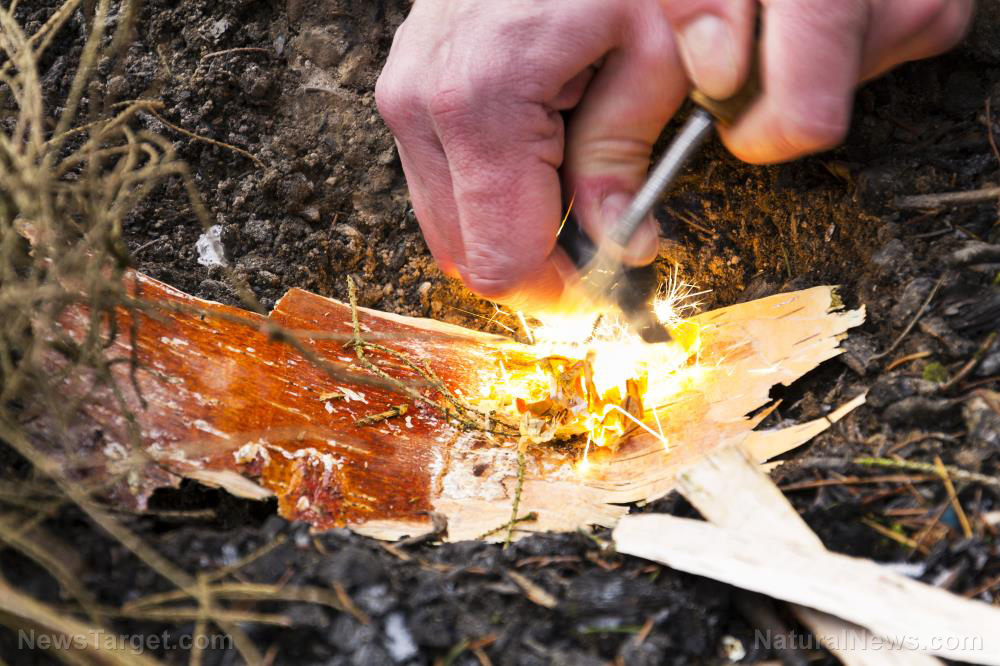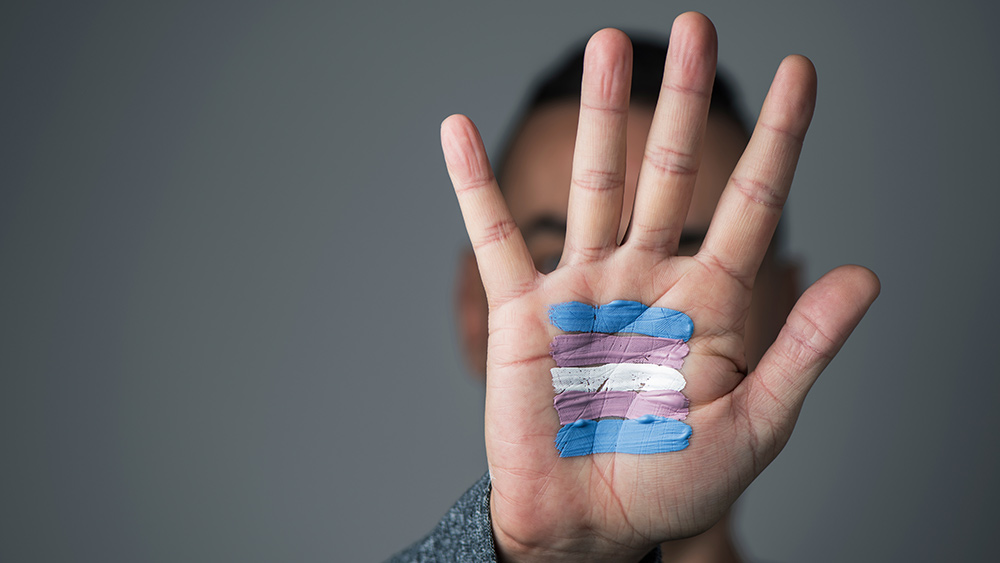
Fire making is a basic bushcraft skill that all preppers should know. A simple campfire can allow you to cook food, boil water, keep you warm and even signal for help. One way to start a fire is to use a ferrocerium rod. Also known as a ferro rod or fire steel, this handy survival tool produces a shower of sparks, which can be used to light tinder and get a fire going. A ferro rod isn't the easiest fire starting tool to use for beginners, but with some patience and practice, you'll be starting your own campfires in no time. Plus, high-quality ferro rods are incredibly durable and they will work even when wet, making them reliable tools for any survival situation. Follow this useful guide on choosing and using your own ferro rod. (h/t to BackdoorSurvival.com)
Choosing your ferro rod
There are many factors to consider when it comes to purchasing ferro rod, such as size, thickness, quality and composition. The longer and wider your ferro rod is, the more contact time you will have on the surface when you slide your striker, and the more surface area you will have, respectively. A greater surface area means more sparks will fly off. A thicker ferro rod will also allow you to get more strikes out of it. However, that doesn't mean you should immediately buy the thickest, longest and widest ferro rod you can find as this may be too unwieldy to use. While a large ferro rod is ideal for a beginner to practice with, you should eventually settle on a size and thickness that will let you comfortably make strong, controlled strokes.
Low-quality ferro rods may be inexpensive, but they are also prone to breaking easily under stress and not producing strong sparks. They likely won't even come with a handle. Ideally, you should invest in a high-quality ferro rod that comes with a handle and instructions on how to use it, as well as information about what it's made of and how many strikes you can expect to get out of it. Try to get a ferro rod composed of 50 percent cerium, 25 percent lanthanum, 19 percent iron and the rest containing small amounts of other metals, such as praseodymium, neodymium and magnesium.
Preparing your fire starting kit
Now that you've chosen your ferro rod, you still won't be able to start a fire with it alone. You will also need a metal striker or scraper to repeatedly strike at your ferro rod. If your ferro rod does not come with a metal striker, you can simply use the flat, squared-off back edge of a fixed blade survival knife. However, you must never strike your ferro rod with the sharp edge of your knife blade, as this will quickly dull even the sharpest of survival knives. Another important thing you need is tinder, which can be any material that is dry, lightweight and fluffy. Striking your ferro rod with a metal striker will create friction and produce sparks. These sparks need to fall on flammable tinder because the sparks won't be enough to ignite your kindling or firewood on their own. Good examples of tinder include cotton balls, dry grass and fluff from plants. You can put all these items in a small pouch to make a convenient fire starting kit. (Related: Do you have these essential items in your survival fire starter kit?)
Starting a fire with your ferro rod
Many people make the mistake of treating a ferro rod like they would a matchstick. While this can theoretically work, it is not a very efficient way to start a fire as the sparks will most likely fly about randomly instead of being focused on a single area. Here is a more efficient way of starting a fire with a ferro rod.
- Hold your ferro rod slanting downward with the lower end right next to your tinder.
- Hold the metal striker at a 45-degree angle with your other hand.
- Before igniting your tinder, use your striker to slowly and gently scrape off some of the ferro rod onto your tinder. These shavings will help make your tinder even more flammable. Once enough ferro shavings are on your tinder, you should be able to successfully ignite it in a single strike.
- To ignite your tinder, instead of quickly pushing the striker away from you, hold it in place while quickly pulling your ferro rod back away from the tinder and toward you. Use strong, sturdy strokes to localize your sparks and ignite your tinder.
- Once the tinder is ignited, feed it with dry wood or kindling to help the flames grow.
Once you've gotten the basics down, be sure to keep practicing daily with your ferro rod. This will help you master the crucial survival skill that is fire starting.
Sources include:
Please contact us for more information.





















